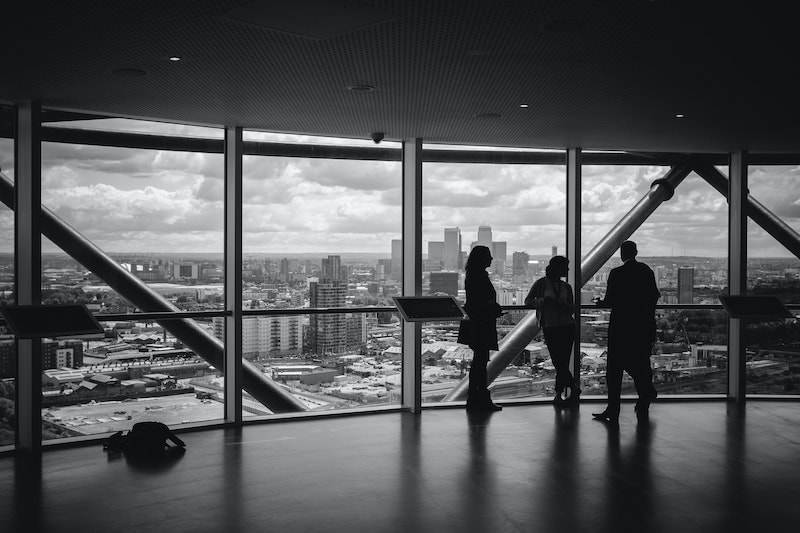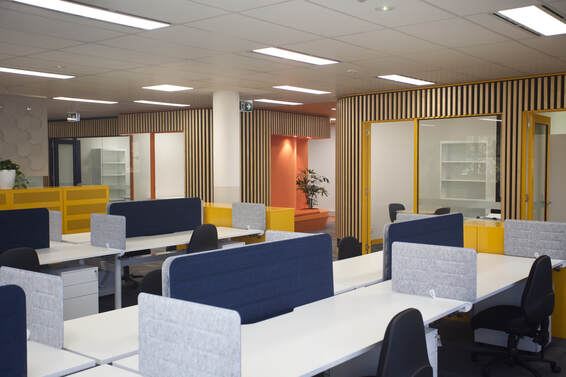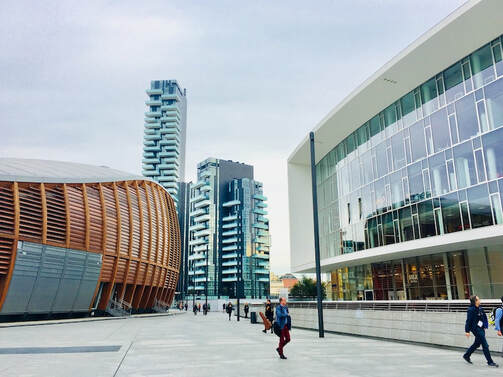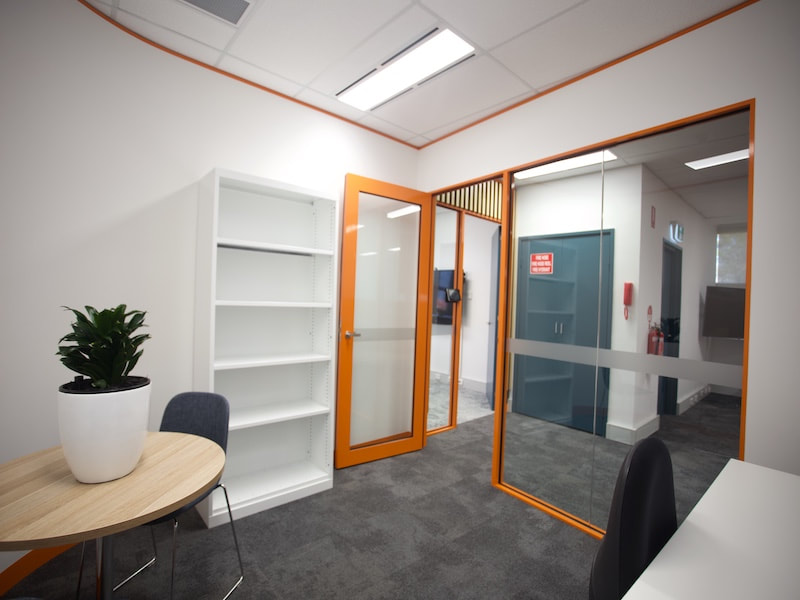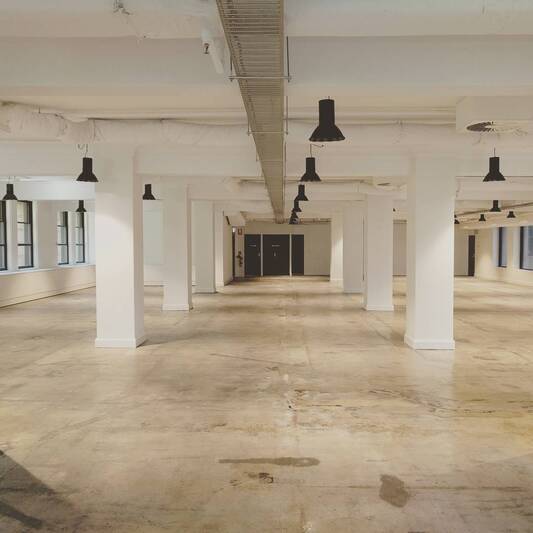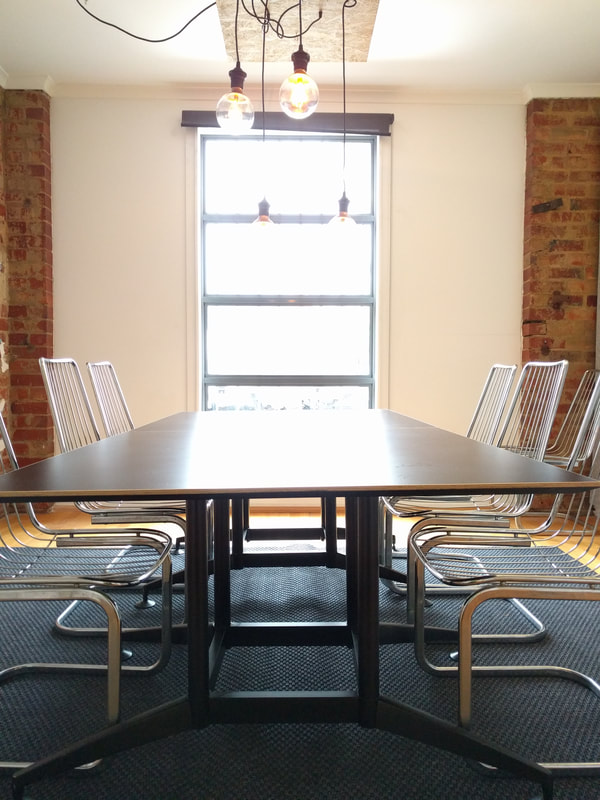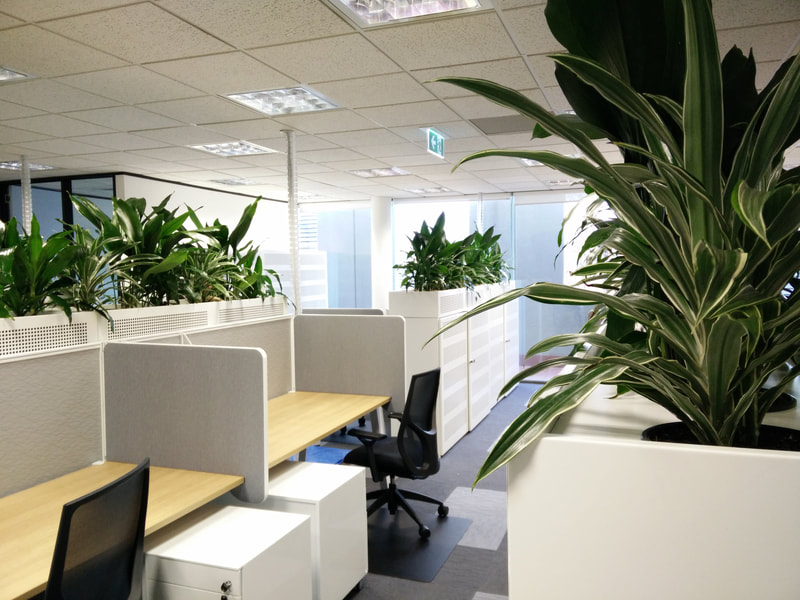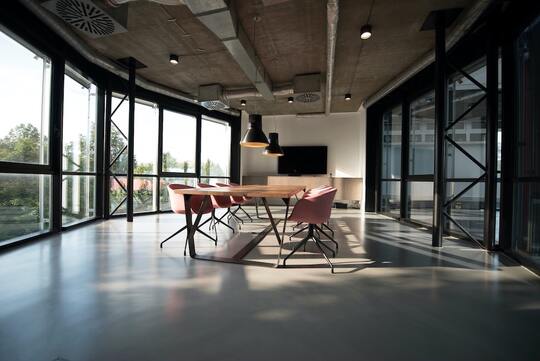|
An increase in flexible workspaces hasn’t led to the death of the CBD office as predicted.
However, offices that were traditionally used 5 days a week are now being re-considered as part time spaces that serve a different purpose. As they return to the office, employees are no longer looking for just a desk and a boardroom. They need a space that will re-enforce the social connections pivotal to daily work. Furthermore, the office’s role in brand positioning is vital as many companies attempt to bounce back after a year at home. This fresh take on the office space, while exciting from a workplace point of view, will have significant implications for occupancy rates, as commercial tenants begin to re-assess their property strategies. Renowned architects and urban designers Maud Cassaignau and Markus Jung likened Cremorne to the industrial areas of London and New York: “What struck us was the diversity of typologies…People seemingly didn’t know it so well. We felt that here was something really precious”
This tiny inner pocket of Melbourne, sits quietly behind the Monash Freeway. Once a manufacturing precinct, it’s working class character still remains, with the original signs and factories a beautiful reminder of days gone by. Melburnians love the suburbs that pay homage to our past, but Cremorne has recently emerged as something more… . Click here For most commercial tenants approaching the end of their lease, a “Stay Vs Go” decision will be faced. Many important factors go into this decision and in 2020/2021, there will be even more to consider. COVID has led to a sudden and rapid change in the workplace landscape. There are new behaviours among tenants and their workers – some which will outlive the health crisis and influence “Stay vs Go” decisions for years to come. In addition, the need for most businesses to cut occupancy costs has led them to re-visit their property strategy. Landlords have responded to these changes quickly, adopting new flexibilities in their lease terms in order to hang on to good quality tenants and a steady income from their assets.
How the ‘hub and spoke’ approach will change the way we think about commercial real estate.26/8/2020
The moratorium may have been extended to the end of December, but businesses still need to plan for the future direction of their workplace. Workplaces will never be the same. People’s expectations have changed in terms of what they want and need from an office and this will significantly impact future property decisions.
The “Hub and Spoke” is an approach that we have helped clients implement as they face growth, downsizing or other major changes within their organisation. When executed correctly, the Hub and Spoke method can improve business’s bottom line while boosting productivity, performance and wellbeing among staff. Is it time to let go of your office completely? this might be the right strategy (for now)10/8/2020
Thinking of re-signing your lease or moving to a new office? Have you considered that right now you may not need an office at all
The partnership between commercial landlords and tenants has never been more important. As we move deeper into unchartered waters, this partnership is likely to influence crucial decisions, and in some cases, present opportunity for both sides.
In the wake of substantial change to workplace circumstances, many businesses are questioning how they can better utilise their space and cut occupancy costs. In particular, those nearing the end of their lease in the next 6-12 months need to make the immediate choice to stay in their existing space or walk away No-one could have predicted that the way we work would change so dramatically in such a short period of time. This sudden change has led to dialogue around “the future of the office” with real estate and design experts eager to see what the long term office landscape will look like.
But more deserving of our attention right now, is the current state of the office landscape. How will businesses approach a re-entry into the office after the latest lockdown? What are the short term implications of these lockdowns on our office space? Two things are certain: 1.The office itself will never completely disappear and there will always be a need for it in some form or another 2.When we eventually return, it won’t be to the office as it was pre-COVID Here are some of the considerations around office space right now: the new “Good Faith” relationship between landlords and tenants needs to continue beyond lockdown24/6/2020
The end of the Jobkeeper period is fast approaching as businesses begin to prepare for a new normal after lockdown.
Over the last few months conversations have taken place between commercial tenants and landlords as they settle on rental relief agreements. Historically, landlords and tenants have not been expected to act in the best interest of the other party. But COVID has forced us to come together and be considerate of each other’s position. This new found co-operation will hopefully re-define the commercial landlord-tenant relationship and answer the following questions in the immediate aftermath of lockdown: This end of financial year will be like no other. Businesses across the world are beginning to feel the true financial impact of this crisis as the need to cut costs becomes more vital than ever before.
In this rapidly evolving marketing, organisations are forced to adapt and make swift changes in order to protect themselves financially. For many businesses, the largest expense is real estate. Rental expenses remain a key area to consider in cutting costs and it is not too late to maximise rental savings at this stage. There are 2 ways you can take action on this right now: COVID-19 is more than a health crisis.
The speed has caught everyone off-guard. An already strained economy, suddenly finds itself panicked and grinding to a halt, with companies, small and large, collectively staring into an abyss. For those businesses holding a commercial lease, serious concerns have been raised in the past few days, regarding obligations, provisions and the next step. So should you speak to your landlord? After today, yes. |
Sign Up To Our NewsletterArchives
September 2023
Categories
All
|
BRM |
QUICK LINKS
|

 RSS Feed
RSS Feed
